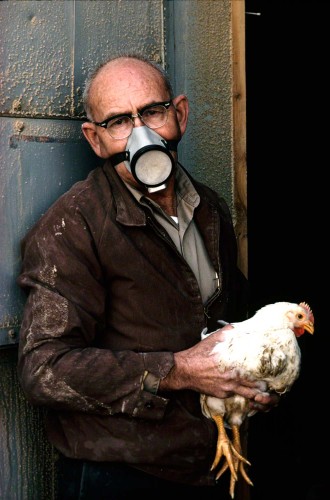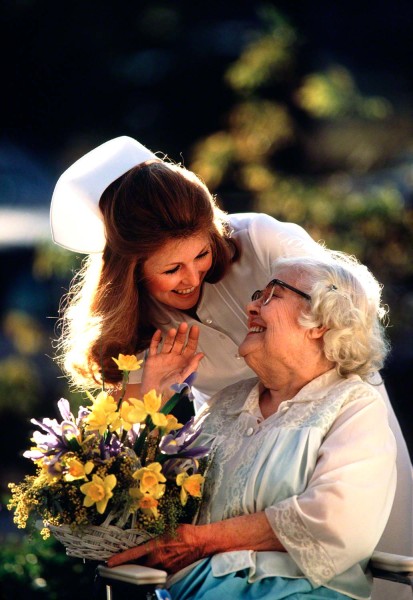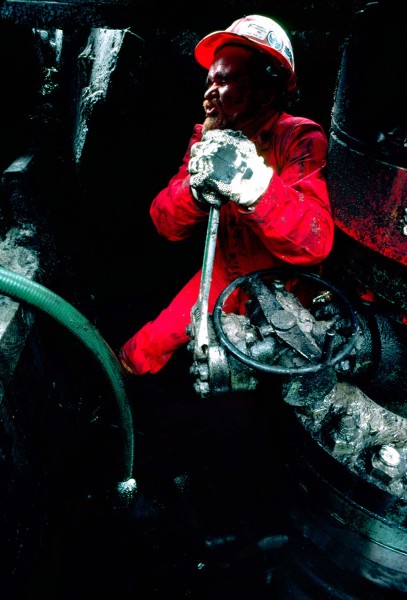In my early days of photo-journalism, if one of my photos was used it was used one or two ways: either “Spot News Photography” or in a “Feature Story” where several photos were used that tied together to compliment the written part of the story. There was one more area called a “photo-essay”, but those were hard to come by and far between if they did.
Most of the time I was sent out it was to come back with one photo that had to say it all, and that was referred to as “Spot News Photography”. This was a photo that happened unexpectedly, and besides a small caption, it had to convey whatever message there was to convey in the one photo because that’s all they were going to run with whatever copy that was written.
Since those early days, my focus has changed to color and light and using the elements of visual design and composition to create stronger images. That being said, I still think about making sure that I tell whatever story I’m trying to get across to the viewer as quickly as possible and an immediate understanding of any emotional tone I put in.
In my online class with the BPSOP, and in my “Stretching Your Frame of Mind” workshops I conduct around the (round) planet, I’m always telling my students to make each photo count. Get your point across in what I refer to as “a quick read”. Believe me it’s a challenge to make one photo say all you want to say, and reveal whatever emotion may be tied to the story behind it.
Rod Stewart wrote, “every picture tells a story, don’t it”.
In the following photos, can you tell what the subject is trying to say without actually hearing him say anything? Can you pick up on what message I was trying to get across to the viewer?
Visit my new website at: www.joebaraban.com and check out my 2020 workshop schedule at the top of this blog. Come shoot with me sometime.
JoeB















I can tell. To me this is what photography is all about and is what the greatest photographers were after in their photos. Human emotion and creating an image that shows the world a better understanding of their fellow man. That is the goal of photography (and art in general) to effect or emotionally move the viewer of your images. When a master of photography uses many emotionally powerful pictures to create a narrative about life it can change the world. W. Eugene Smith did just that with his photographic essays. We can better understand WWII, Fascist Spain, nurse midwives, country doctors, steel workers, Minamata Disease and the genius of Schweitzer. His work has made an immeasurable impact on society and will continue to do so for years to come. Cartier Bresson was the greatest at incorporating design elements into his photographs but Smith was probably a more important photographer. Although it is clear that he understood design principals as well. This is why I get a little irritated with you Joe when you say light is everything. Yes you need light to make a photograph but I would dare you to tell that to Gene.
Gary,
I’d rather have great light!!!! Why? Because I’m not a photo-journalist anymore. Great light can be just as moving. I consider myself a painter now who has changed his medium from a paintbrush to a camera. When I’m trying to make a statement, as in the portrait of the man that works at a facility that raises chickens, then the light isn’t as important. The shock value works better in this situation.
Btw, I got news for you. Gene Smith often used the light to his advantage. One only needs to study his photo “Spanish Wake”. However, his book on Minamata was clearly to show the results of people being poisoned by eating fish swimming in Mercury. Light wasn’t important to him. The man nearly died fro eating the same fish to get a better insight.
Bresson also loved the light. He was a lover of contrast that came as a result of the light. He was one of the first photographers that used the concept called “Figure-Ground” in his imagery. He always talked about looking for and using light against dark, and dark against light.
JoeB